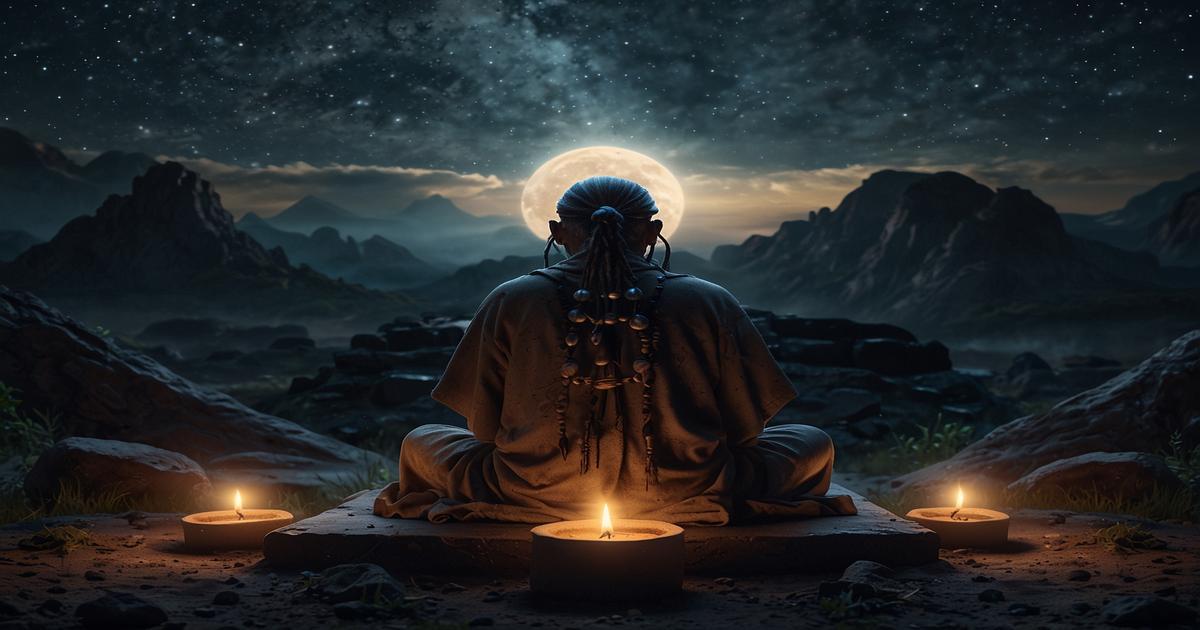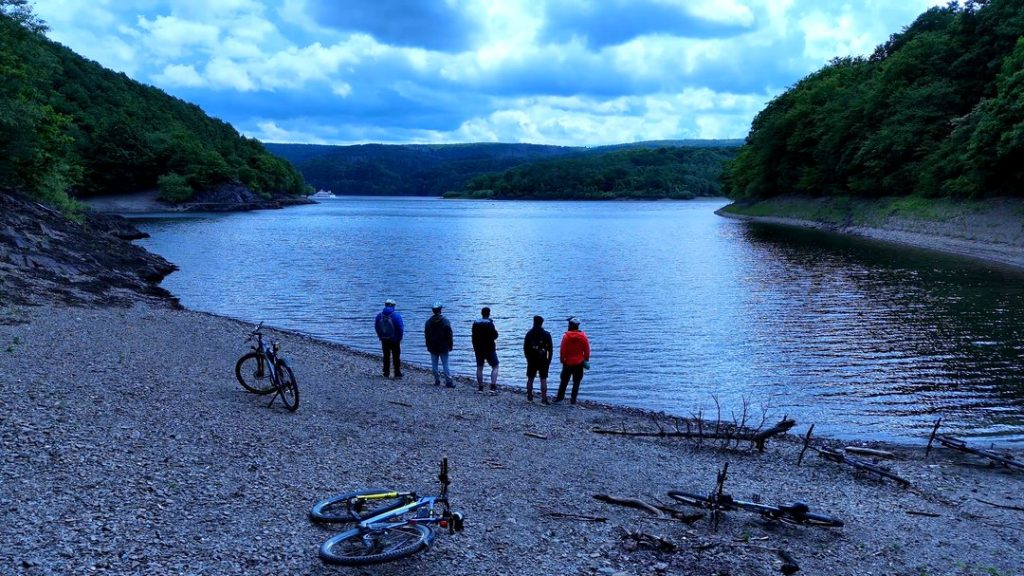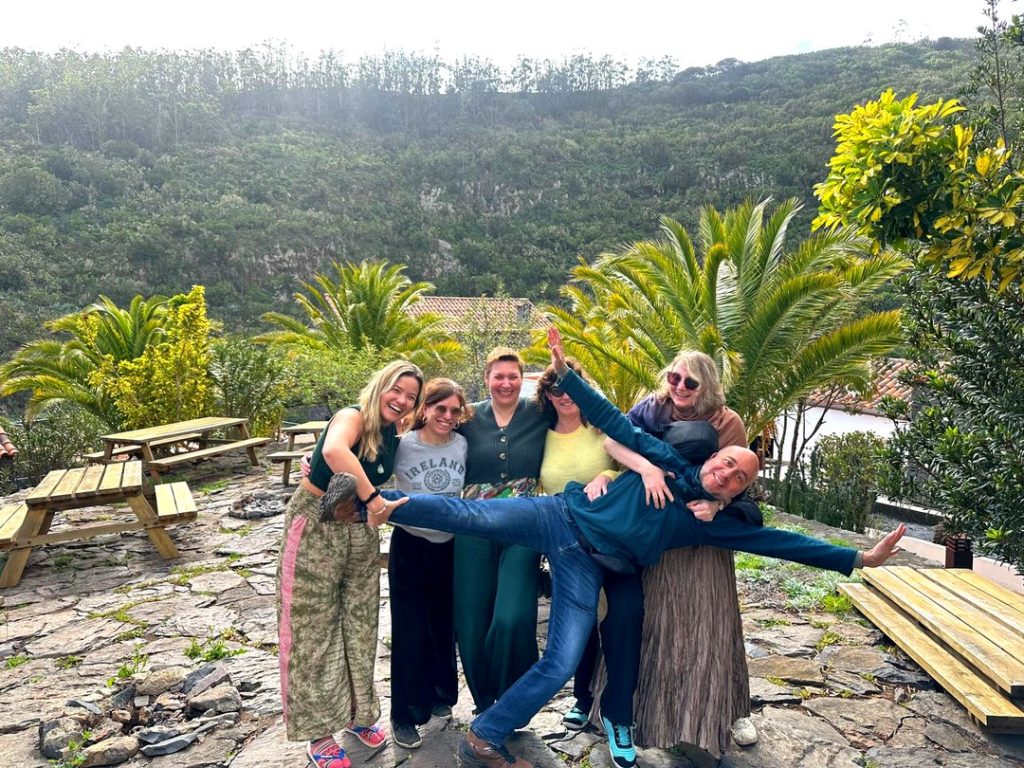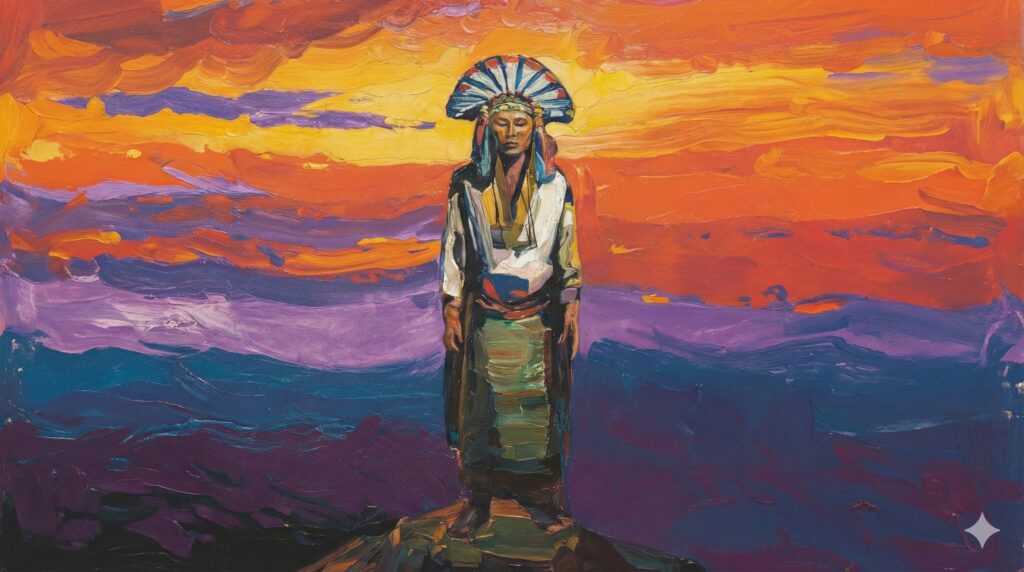What is the Shamanic Death? Understanding Ego Death and Spiritual Rebirth
The shamanic death is a profound moment of spiritual transformation. Often misunderstood as a literal death, this experience is actually an “ego death”—the shedding of parts of our identity that no longer serve us. Shamans are the ones who have named and ritualized this process, but the truth is, it’s something that all of us go through. Whether we recognize it or not, moments of significant loss, fear, and transformation in our lives are modern-day reflections of this ancient, existential transition.
Unlike a physical death, the shamanic death involves the dissolution of limiting beliefs, fears, and attachments to the ego. It’s a process where the lower aspects of our selves—those tied to insecurity, comfort zones, or material attachments—are metaphorically “claimed” by spiritual forces. For shamans, this experience often comes with clear signs from the spirit world: perhaps a recurring Death card in a tarot reading, or noticing symbols like dead animals or broken branches. These signs indicate that the time for a significant shift is near.
However, this is not just a symbolic death. It can feel very real. The intensity of facing fears, weaknesses, and attachments can be overwhelming, much like the experience of losing someone close or watching a long-term project collapse. In that moment, we face the death of the self we’ve known—an identity we’ve clung to for survival or stability.

Signs and Symbols of the Shamanic Death: How the Spirits Speak
For shamans, the shamanic death is a process that begins long before the actual transition occurs. The spirits, guides, or energies they work with begin to send them signs. These might be subtle, such as repeated dreams of death or symbols like fallen leaves and dead animals crossing their path. Sometimes, the signs are more dramatic: a branch might snap and fall near them, or they could find themselves repeatedly encountering omens in nature.
But these signs are not just for shamans. Many of us experience similar events before major life changes, but we often fail to recognize them. Have you ever had a dream that stuck with you, where something was ending or decaying? Or noticed recurring themes of loss or transformation in your life? These may be indications that a part of your ego, the old “you,” is preparing to die to make way for a new version of yourself.
It’s important to note that the shamanic death is not something to be feared. It is an essential part of the spiritual path, allowing us to evolve and grow beyond our limitations. When we resist this process, it becomes painful. But when we embrace it, a new sense of freedom and power can emerge on the other side.
The Shaman’s Journey Through Death: Rituals and Facing Fears
When a shaman approaches their shamanic death, it’s often accompanied by specific rituals designed to help them navigate the intense transformation. These rituals vary between traditions, but they generally involve a period of isolation in nature, often accompanied by fasting and deep contemplation. The goal is to disconnect from the distractions of daily life and confront the deeper layers of the self.
In some cultures, shamans may be buried alive in shallow graves, where they can still breathe but must spend a night in complete darkness. This is a symbolic “burial” where the shaman confronts their deepest fears and weaknesses, facing the darkness within themselves. Spirits or animals, sometimes called upon by the shaman’s guides, may appear during these intense moments to test the shaman’s resolve.
The purpose of these rituals is to break down the ego’s hold over the shaman. By facing their fears—be it fear of death, failure, or loss—the shaman becomes free from the limitations that once held them back. It’s a form of liberation, but only after the shaman surrenders completely to the process. This act of surrender is what allows them to receive new power and insights from the spiritual world.

What Dies During a Shamanic Death? Fears, Attachments, and the Lower Self
The “death” in the shamanic death refers to the symbolic dying of a part of the self, specifically the ego. But what exactly is it that dies? For the shaman, this process is about letting go of attachments to fear, insecurity, and aspects of the lower self that keep them trapped in a limited state of consciousness. These are the parts of us that cling to comfort zones, unhealthy patterns, or beliefs that no longer serve our higher purpose.
During the shamanic death, fears are brought to the surface. These could be the fear of losing control, the fear of failure, or even the fear of success. As the shaman faces these inner demons, they have to make a crucial choice: retreat into safety or confront these fears head-on, knowing that on the other side lies spiritual growth and liberation.
For the rest of us, this process can manifest in similar ways. It might happen when we lose a job, a relationship, or even a part of our identity that we’ve clung to for years. The common thread is that these moments force us to let go of something we believed was essential for our survival. And while the process can feel disorienting or even terrifying, it’s through this death that a new, more authentic version of ourselves can be born.
The Culmination of the Shamanic Death: Surrender and Rebirth
As the shaman progresses through their shamanic death, they reach a pivotal moment: the culmination of the death process. At this point, the shaman has faced their deepest fears and weaknesses. The key to surviving this process is surrender. If the shaman resists, clinging to the parts of their ego that are dying, the process becomes more painful and prolonged. However, when they finally let go—truly accepting the loss of these aspects of the self—the death is complete.
In this state of surrender, the shaman experiences a profound sense of relief. The spiritual forces, which have been waiting for this moment, come to take away the “dead” parts of the ego with gratitude. This release frees the shaman from a significant karmic burden, allowing them to move forward on their spiritual path with a sense of lightness and newfound power.
In many traditions, this stage of the process is marked by a period of recovery. The shaman often needs time to regain their strength, both physically and spiritually, as they’ve expended a great deal of vital energy during the process. But this recovery is not a time of inactivity; rather, it is a period of rejuvenation. As the shaman restores their vitality, the spirits return to bestow new gifts—new talents, abilities, or spirit animals—preparing the shaman for the next stage of their journey.
This phase is symbolic of rebirth. The shaman emerges from their spiritual death with greater awareness, deeper insights, and a more powerful connection to the spirit world. The journey continues, but now with a stronger foundation, as the shaman moves forward, free from the ego-driven fears and limitations that once held them back.

The Shamanic Death for Everyday People: Recognizing the Cycle in Our Lives
As we’ve discussed, the shamanic death is not exclusive to those who follow the shamanic path. It’s a universal process of ego death and rebirth that we all experience in various forms throughout our lives. But because we don’t have the same rituals and spiritual understanding that shamans possess, many of us fail to recognize these moments for what they truly are. Instead of seeing them as opportunities for transformation, we often resist them, which only leads to more suffering.
Think about the most challenging moments of your life—the times when you’ve lost a loved one, gone through a breakup, or faced the collapse of a long-term project or career. These events are often painful because they force us to confront the death of a part of our identity. The version of ourselves that was tied to that person, job, or situation must die, and there is no way to prevent it.
However, when we learn to surrender to these moments—just as a shaman surrenders during their spiritual death—we open ourselves up to profound healing and transformation. The loss, though painful, becomes an opportunity for growth. A part of us dies, but a new version of ourselves is born, stronger and more aligned with our true purpose.
By recognizing the shamanic death for what it is—a natural, necessary cycle of life—we can approach these moments with a different mindset. Instead of resisting change, we can embrace it, knowing that something new and meaningful is waiting for us on the other side of the loss.
Embracing the Shamanic Death: The Path to Greater Freedom and Wisdom
One of the most valuable lessons we can learn from the shamanic death is that everything in life is temporary. This realization doesn’t have to be a source of fear or anxiety. Instead, it can be a source of liberation. Shamans understand this truth deeply, which is why they prepare themselves mentally and spiritually for the inevitable losses and transformations they will face. They know that life is a continuous cycle of death and rebirth, and that each ending brings with it the seeds of a new beginning.
For the rest of us, adopting this mindset can lead to profound inner peace. When we accept that nothing is truly permanent—whether it’s a relationship, a job, or even a cherished belief—we free ourselves from the need to cling. We can enjoy life’s experiences for what they are, but when the time comes to let go, we do so with gratitude, knowing that something new and different is on the horizon.
As we go through our own cycles of loss and renewal, we begin to understand that these experiences, though difficult, are part of the journey toward greater wisdom and freedom. The more we let go of what no longer serves us, the more space we create for new opportunities, relationships, and growth to enter our lives.
So the next time you face a major life challenge—whether it’s the end of a relationship, the loss of a job, or any other significant transition—remember the shamanic death. Consider what part of your ego or identity might be dying in this moment. And instead of resisting, try surrendering. Trust that this death, like all deaths, will eventually lead to a rebirth.
Preparing for Your Own Shamanic Death
Now that you understand the shamanic death and its powerful role in personal transformation, it’s time to reflect on how you can prepare for your own transitions. While you may not follow a shamanic path in the traditional sense, you can still adopt some of the practices that shamans use to navigate their deaths and rebirths.
First, practice mindfulness and awareness. When you notice signs that a major shift is coming—whether through dreams, recurring symbols, or life circumstances—take time to reflect on what these signs might be telling you. What is your spirit trying to communicate? What aspects of your life or self might be ready to die so that something new can emerge?
Second, cultivate an attitude of gratitude and non-attachment. Cherish what you have, but don’t cling to it. Whether it’s material possessions, relationships, or even personal achievements, recognize that everything is part of a larger cycle, and when the time comes, you’ll need to let go.
Finally, when the moment of death comes—whether it’s the end of a relationship, a career change, or a significant inner transformation—embrace it with courage and trust. Know that this is not the end of your journey, but the beginning of a new chapter. By surrendering, you open yourself to receive new power, wisdom, and opportunities from the universe.
Remember, every death is followed by a rebirth. By embracing the process of the shamanic death, you free yourself from the fears and limitations of the ego and step into a life of greater freedom, joy, and spiritual awareness.
Conclusion: A Journey We All Must Take
The shamanic death is not just a ritual exclusive to spiritual practitioners—it is a universal experience that each of us will face multiple times in our lives. Whether we’re aware of it or not, these moments of ego death and rebirth are essential to our personal growth and evolution. By understanding the lessons of the shamanic death, we can approach these challenging periods of our lives with greater clarity, courage, and acceptance.
Rather than resisting change, we can learn to embrace it, trusting that each death clears the way for something new, something greater. The journey is never easy, but it is always meaningful. And on the other side of each shamanic death, there is a new beginning waiting for us—a new journey filled with the potential for deeper wisdom and greater freedom.
So as you walk your own path, remember that death and rebirth are two sides of the same coin. Each loss, each ending, is also a doorway to a new chapter in your life. Embrace it, and know that in letting go, you’re stepping into the unknown with the promise of greater growth and transformation.






